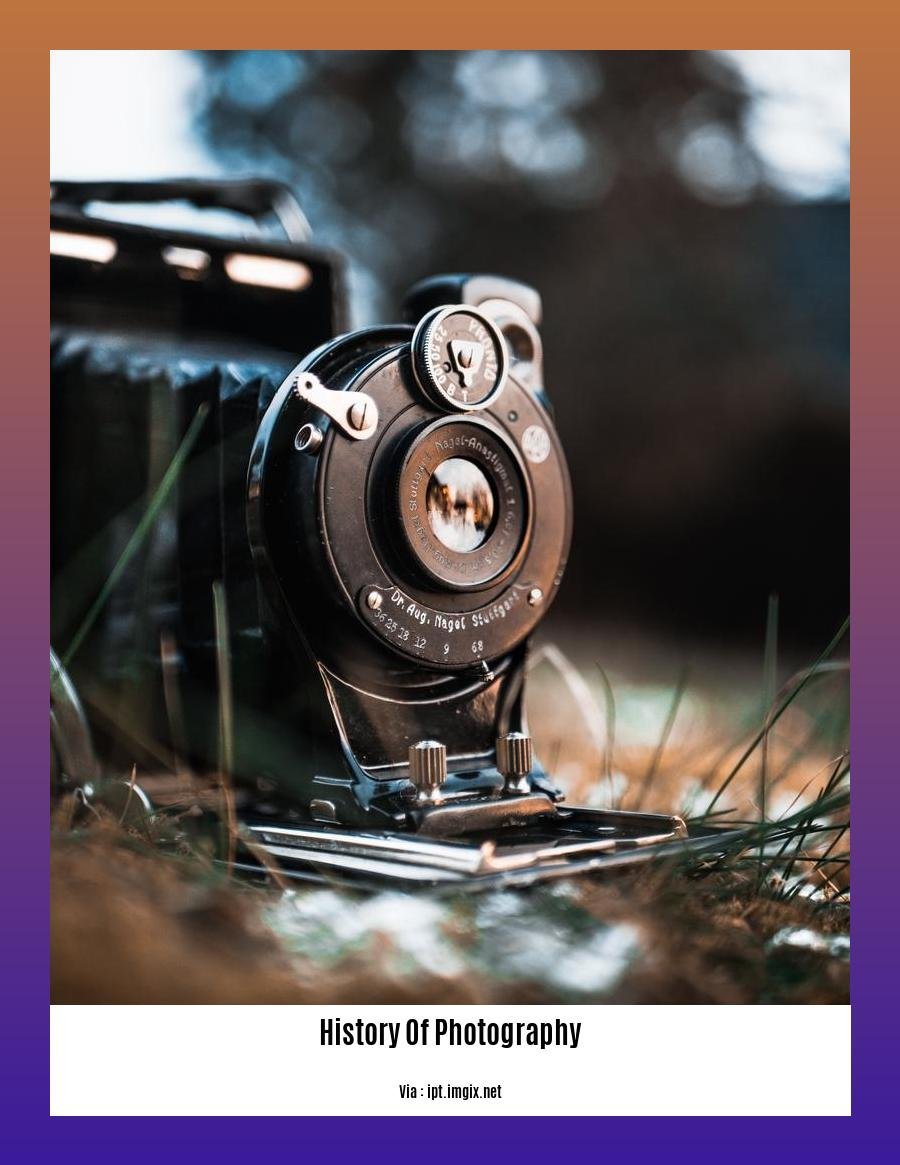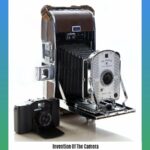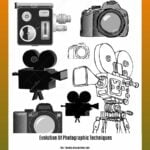Embark on a captivating journey through the annals of photography in [The History of Photography: Exploring the Evolution of an Art Form]. From its humble beginnings to its transformative impact on society, uncover the fascinating story of how light became art.
Key Takeaways:
- Photography originated in the 1830s with early devices.
- Niépce created the first permanent image in 1826.
- Talbot developed the negative/positive process.
- Diverse photographic processes emerged, such as daguerreotypes and tintypes.
- Digital technology revolutionized photography with sensors and instant sharing.
History of Photography
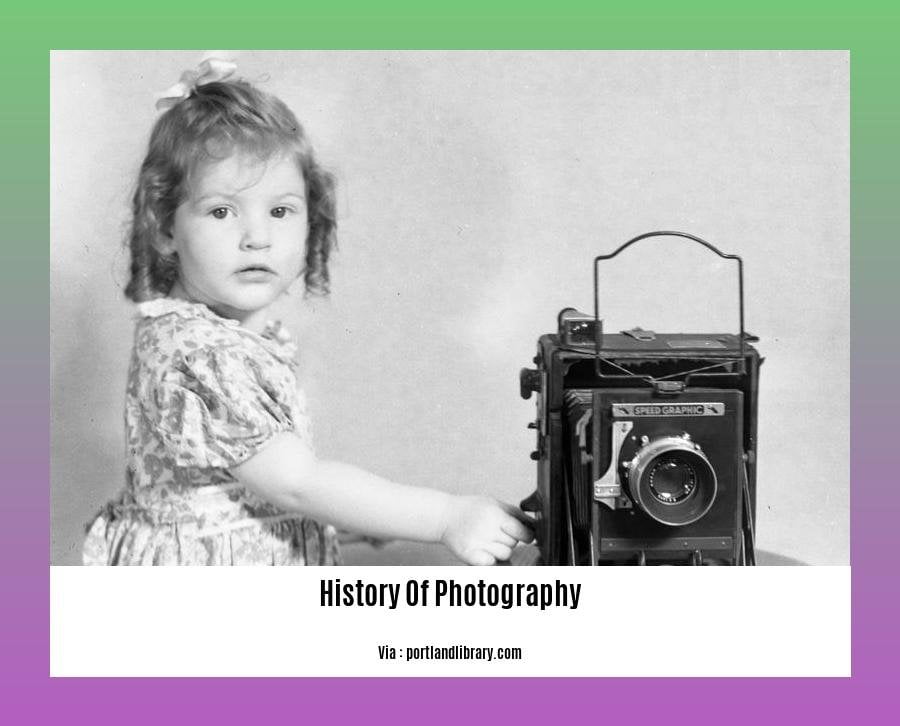
Photography has traversed a remarkable journey since its inception in the early 1800s. It has evolved from a scientific curiosity to a pervasive art form, transforming the way we capture and share moments.
Early Beginnings
The origins of photography lie in the camera obscura, an optical device that projected images onto a screen. In 1826, Joseph Niépce created the first permanent image by exposing a bitumen-coated pewter plate to light in a camera obscura.
The Negative/Positive Process
Henry Fox Talbot introduced the negative/positive process in 1841. This technique allowed for the creation of multiple copies of an image. Talbot’s calotype, a paper-based photography, became a popular method for making photographs.
Diversification of Techniques
The mid-1800s witnessed a proliferation of photographic processes. The daguerreotype, known for its mirror-like images, was widely used for portraits. Tintypes, inexpensive and easy to produce, gained popularity. Collodion and gelatin processes also emerged, offering photographers greater control over image quality.
The Digital Age
The digital revolution transformed photography in the late 20th century. Digital cameras, equipped with sensors and pixels, eliminated the need for film and enabled instant image sharing. Digital photography has made the art form more accessible and versatile than ever before.
Enduring Impact
The history of photography serves as a testament to human ingenuity and creativity. From humble beginnings to digital marvels, photography has revolutionized the way we document our experiences, preserve memories, and share our perspectives. It continues to evolve, carrying the legacy of its past while shaping the future of visual expression.
Discover the fascinating journey of capturing the world through images in “invention of the camera” and explore the evolution of photographic techniques that have revolutionized the art of photography in “evolution of photographic techniques“.
History of Photography: A Journey Through Time
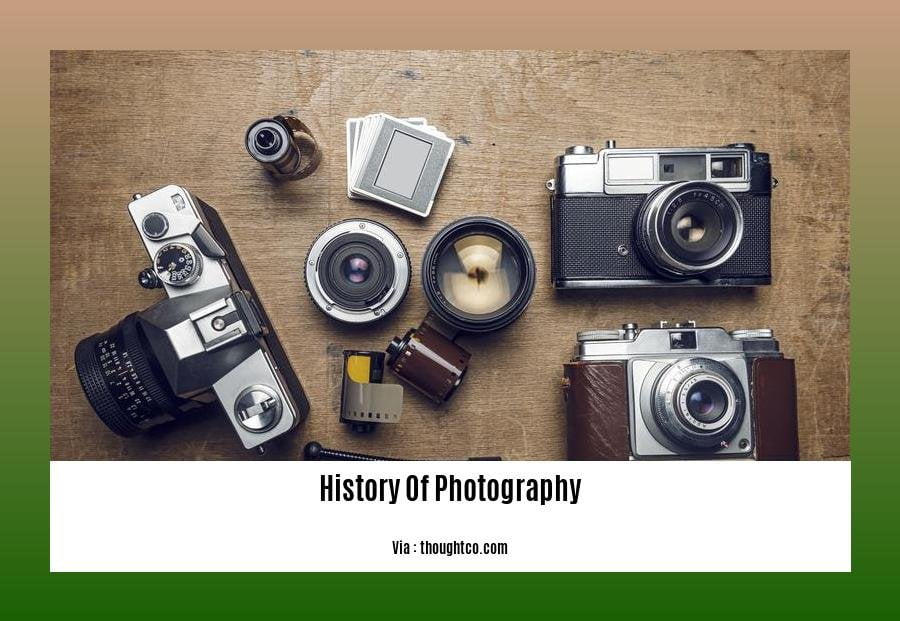
Human ingenuity and the relentless pursuit of capturing light’s essence have propelled the evolution of photography. Since its humble beginnings, this art form has undergone remarkable transformations, forever altering the way we document, communicate, and express ourselves.
Early Steps: Capturing Light’s Shadow (1800)
Harfue back to the early 1800s, where the seeds of photography were first planted. Thomas Wedgwood and Humphry Davy experimented with “photograms,” images created by the direct exposure of light to paper or leather treated with silver nitrate.
Dawn of Fixed Images (1816-1833)
History took a groundbreaking turn in 1816 when Joseph Nicéphore Niépce captured the world’s first permanent photograph, “View from the Window at Le Gras.” His invention opened the door to capturing and preserving moments in time.
Rise of Practical Photography (1832-1840)
Heralding a new era, Louis Daguerre and William Henry Fox Talbot introduced practical photographic processes. Daguerre’s daguerreotype, with its shimmering silver tones, captured intricate detail. Talbot’s calotype, on the other hand, produced paper negatives, allowing for multiple prints.
Communication Revolution (1850-1900)
How did photography become an indispensable tool for communication? Advancements in printing techniques, such as photogravure and halftone printing, allowed photographs to be reproduced in newspapers and books. The invention of dry-plate photography made photography more accessible to amateur enthusiasts, democratizing the art form.
Digital Revolution: Capturing Light in Bits (1980)
History reached a pivotal point with the advent of digital photography in the 1980s. The replacement of film with electronic sensors revolutionized the way we capture and manipulate images. Digital photography brought speed, flexibility, and an explosion of creative possibilities.
Key Takeaways:
- The camera obscura laid the foundation for understanding image projection.
- Johann Heinrich Schulze discovered the light-sensitive properties of silver salts.
- Joseph Nicéphore Niépce created the first permanent photographic image.
- Louis Daguerre and William Henry Fox Talbot developed practical methods for monochrome photography.
- Advancements in printing techniques and dry-plate photography made photography more accessible.
- Digital photography revolutionized image capture and manipulation.
Relevant URL Sources:
- The History of Photography: A Timeline
- The Evolution of Photography: A Brief History
i through the Lens: A Journey of Photographic Innovation
From the moment i first peered through the lens of a camera, i was captivated by the transformative power of i. The history of photography, a captivating tapestry of innovation and artistic expression, traces i‘s evolution as i captured the world in all is glory.
Dawn of i:
i‘s genesis lies in the 17th century with the camera obscura, a darkened chamber that projected images. In the 19th century, Niépce immortalized the first permanent i and sparked i‘s remarkable journey.
Early Techniques: An Era of Experimentation
Pioneers like Daguerre and Talbot experimented relentlessly, developing i‘s foundational techniques. Daguerreotypes, characterized by their shimmering surfaces, and calotypes, renowned for their paper-based versatility, emerged as early i marvels.
Commercialization and Expansion:
Photography’s potential for mass appeal became evident during the mid-19th century. Improved cameras and light-sensitive paper made i accessible to a broader audience, capturing moments from the battlefield to everyday life.
The i Revolution:
The advent of film and digital technology revolutionized i. The 20th century witnessed the rise of photojournalism and the democratization of i as cameras became portable and affordable. Today, i**’s digital realm offers unprecedented speed, flexibility, and creative possibilities.
Key Takeaways:
- i‘s origins date back to the camera obscura in the 17th century.
- Niépce created the first permanent i in 1826.
- Daguerreotypes and calotypes were among the earliest i techniques.
- Commercialization and improvements made i more accessible in the mid-19th century.
- Film and digital technology revolutionized i in the 20th and 21st centuries.
Sources:
- The History of Photography: Pinholes to Digital Images
- History of Photography
s: Capturing Time and Memory Through the Lens
s has left an indelible mark on our perception of the world, forever altering how we document and share our experiences. From its humble beginnings to its current digital dominance, s has evolved into an art form that transcends mere documentation, becoming a powerful tool for storytelling, artistic expression, and historical preservation.
Pioneers and Innovations
The seeds of s were sown in the 17th century with the camera obscura, a device that projected images onto a surface. However, it was not until the 1820s that the first permanent photograph was created by Niépce. Daguerre’s daguerreotype, introduced a decade later, marked a significant breakthrough with its practicality.
The Rise of Accessibility
The mid-19th century witnessed a proliferation of s techniques, including the calotype and collodion processes. These advancements made s more accessible and allowed for the mass production of images. Photography became a tool for documenting wars, capturing landscapes, and preserving family memories.
Film and Digital Revolutions
The invention of film in the late 19th century revolutionized s. Film allowed for faster exposure times, greater flexibility, and the ability to create moving images. In the 20th century, digital technology transformed s once again. Electronic sensors replaced film, enabling instant image capture, editing, and sharing.
Key Takeaways:
- s’s origins can be traced back to the camera obscura in the 17th century.
- Niépce’s “View from the Window at Le Gras” (1826) is considered the first permanent photograph.
- Daguerre’s daguerreotype (1832) and Talbot’s calotype (1840) were key early s techniques.
- The dry-plate photography democratized s, making it accessible to a wider audience.
- The digital revolution in the late 20th century brought speed, flexibility, and creative possibilities to s.
Most Relevant URL Sources:
- History of Photography | Britannica
- A Brief History of Photography: The Beginning | Envato Tuts+
FAQ
Q1: What were some of the earliest concepts and fleeting photogram results in the history of photography?
A1: In the early 1800s, Thomas Wedgwood and Humphry Davy experimented with capturing temporary photogram results using light-sensitive paper.
Q2: Who created the first fixed images in the history of photography?
A2: Joseph Nicéphore Niépce created the first fixed images on metal plates between 1816 and 1833.
Q3: What was the camera obscura, and how did it contribute to the development of photography?
A3: The camera obscura is a darkened chamber with a small hole that projects an image onto a surface. It was a precursor to the modern camera and helped scientists understand the principles of image projection.
Q4: How did Johann Heinrich Schulze contribute to the discovery of light sensitivity?
A4: In 1727, Johann Heinrich Schulze made a crucial discovery that silver salts darken when exposed to light. This finding laid the foundation for the development of light-sensitive materials in photography.
Q5: What were some of the key technical advancements in the early history of the camera?
A5: Significant advancements in the early history of the camera include the development of lenses, diaphragms, and shutters. These innovations improved image quality, exposure control, and overall camera functionality.
